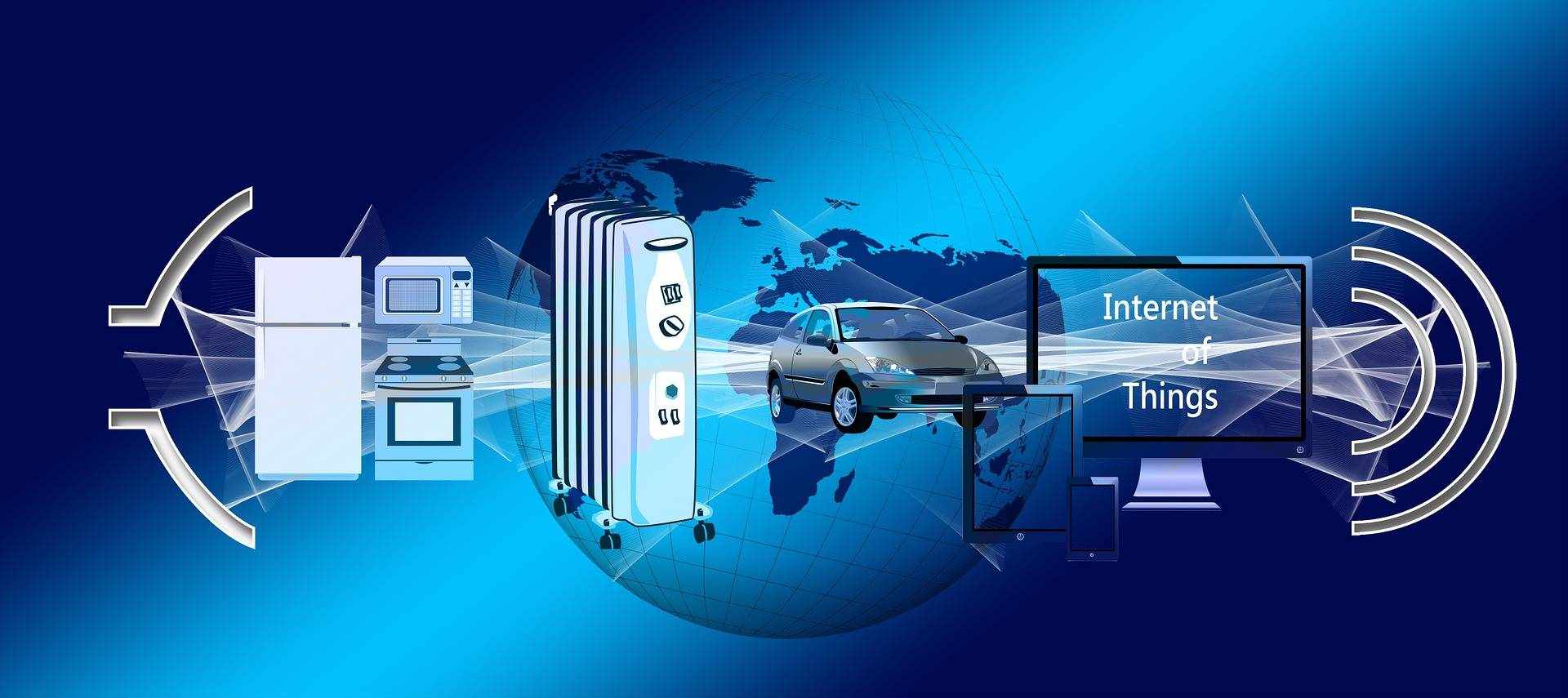During the first week of October 2016, NASSCOM held one of its premier summits on Design & Engineering in Bangalore. Amongst others, the key focus was the Internet of Things, or IoT for short.
In a world that is fascinated by new jargon, IoT has caught all the attention of professionals, and business leaders irrespective of industry. It could be agriculture, pharmaceuticals, manufacturing, consumer durables, electronics, services, health care, and others.
The buzz and the hype in the case of IoT seem justifiable in many ways. As most of you may be aware, IoT is about ‘normal things’ becoming intelligent or smart through technology.
The capabilities of these ‘smart’ products include monitoring, control, optimization, and autonomy of the underlying products and services.
Organizations are finding ways to exploit this intelligence or smartness to make their products better, more efficient, and cost-effective, which leads to market superiority and dominance.
Some of the IoT-based products on display included a Cooking Pot, Tracking Products, TV Guide App, Drones, Virtual Reality & Augmented Reality, Food Supply Management, etc.
Some of the case studies on the adoption of IoT include Joy Global (Mining Machines), Tesla (Cars), Babolat (Tennis Rackets), and Medtronic (Blood Glucose).
As the session progressed from day 1 to day 2, I could gauge the sense of excitement with nearly 600 delegates. The interactions during the breaks were centered around how each of the companies would like to plan to implement IoT.
Now, if IoT was so hot and so simple that required just getting the sensors plugged into the product, the questions that came to my mind were two-fold:
1. Consider vendor supplies the sensors and the technology required to say, an automobile or a consumer durable manufacturer. What happens in the event of a defect in the main product that leads to significant liability to the manufacturer? Which organization becomes liable? The manufacturer? The vendor? Manufacturer and Vendor jointly? (Note: As far as the end consumer is concerned, he will knock on the doors of ‘his’ seller who is obligated to compensate as per contractual clauses of guarantee or warranty)
2. With connected products, comes to another major challenge. Different components generate customer-specific data. In today’s digital world, customer data is what oil was a few decades ago.
Since different stakeholders are involved in the process, the ownership of data points becomes another stumbling block as everyone would like to monetize every bit of customer data.
Is your organization planning to get on the IoT bandwagon as well? If yes, have you figured out the answers to the above questions?




